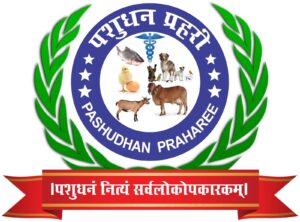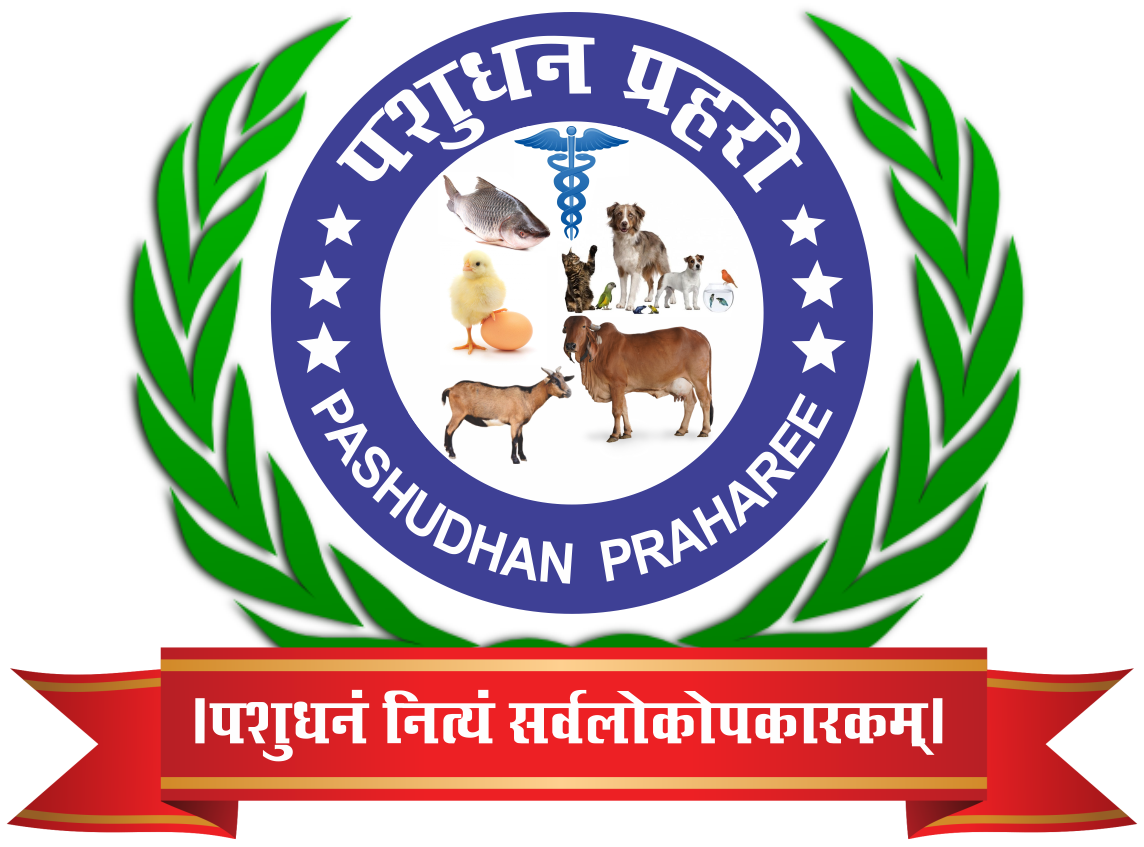Magnet Feeding in Dairy Cattle: The Indian Context
Magnet feeding is a preventive veterinary practice used in dairy cattle to manage the ingestion of metallic foreign bodies, which can cause severe health issues such as Traumatic Reticulo Peritonitis (TRP). This practice involves administering a magnet to cattle, which helps to trap metallic objects in the reticulum, preventing them from causing internal damage.
Importance of Magnet Feeding in India
In India, dairy farming is a significant part of the rural economy, providing livelihoods to millions of farmers. However, the indiscriminate feeding habits and the presence of metallic debris in fodder can lead to the ingestion of foreign bodies by cattle. This can result in TRP, a condition that can lead to severe health complications and even death if not managed properly.
Magnet feeding is a preventive health measure used in dairy cattle to protect them from hardware disease (traumatic reticuloperitonitis). This condition occurs when cows accidentally ingest metal objects such as nails, wire, or other sharp metallic debris mixed with their feed. These foreign objects settle in the reticulum, where they can puncture the stomach wall, leading to severe infections and even peritonitis.
How Does a Magnet Work?
A rumen magnet is a small, cylindrical or bar-shaped magnet that is orally administered to a cow using a balling gun. Once inside the reticulum, the magnet attracts and holds onto metallic objects, preventing them from moving and causing damage. The magnet remains in the cow’s stomach for its lifetime.
Procedure and Benefits
The magnet used in feeding is typically a small, capsule-shaped device made of stainless steel. It is administered orally to the cattle, usually by securing the tongue aside and manually placing the magnet in the reticulum. Once ingested, the magnet remains in the reticulum, attracting and trapping any metallic objects that the cattle might ingest.
The benefits of magnet feeding are significant:
- Prevention of TRP: By trapping metallic objects, the magnet prevents them from penetrating the reticulum wall and causing inflammation and infection.
- Improved Health: Cattle that receive magnet feeding are less likely to suffer from the complications associated with TRP, leading to better overall health and productivity.
- Economic Benefits: Reducing the incidence of TRP and other health issues associated with metallic ingestion can lead to lower veterinary costs and improved milk production, benefiting the dairy farmers economically
Benefits of Magnet Feeding
– Prevention of Hardware Disease: Reduces the risk of metal objects causing perforations in the stomach lining.
– Cost-Effective Solution: Cheaper than treating traumatic reticuloperitonitis or performing surgery.
– Improved Health and Productivity: Healthy cows have better feed intake, leading to improved milk production.
– Long-Term Protection: Once administered, the magnet stays in the cow’s reticulum for life.
When and How to Administer?
– Typically given to heifers before they enter the milking herd.
– Administered using a balling gun designed for magnet placement.
– Recommended for cows grazing in areas with a high risk of metal contamination (e.g., farms using machinery, fencing, or construction materials).
Signs of Hardware Disease (If Magnet is Not Used)
– Reduced appetite and milk production
– Arched back and reluctance to move
– Groaning or signs of abdominal pain
– Fever and weight loss
– Increased heart rate
Challenges and Considerations
While magnet feeding is a valuable practice, it is not without challenges. Ensuring that all cattle receive the magnet and monitoring for any signs of TRP or other health issues require diligent management. Additionally, educating farmers about the importance of clean feeding practices and the benefits of magnet feeding is crucial for its successful implementation.
Conclusion
Magnet feeding is a simple yet highly effective method to prevent hardware disease in dairy cattle. It is an essential preventive measure for herds exposed to metallic debris and should be part of a farm’s health management program.Magnet feeding is a practical and effective method to protect dairy cattle from the harmful effects of ingesting metallic foreign bodies. In the Indian context, where dairy farming is a vital part of the rural economy, this practice can significantly improve cattle health and productivity, leading to better economic outcomes for farmers. By adopting magnet feeding and promoting awareness among farmers, the dairy industry in India can move towards more sustainable and efficient practices.
DR. NIRBHAY SINGH
BASU, PATNA



